

These feed on pests, help plants reproduce, and give the soil better structure. Beneficial insects really give us a real hand in the garden!
Aside from bees, discover these 5 insects that are excellent companions in the garden.
Read also:
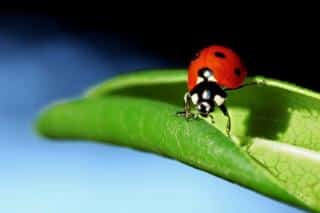
To attract them to your garden, let a few wild grasses grow, such as nettle, borage and centaury. They’re also very much attracted to nasturtium, rose trees and fennel. Another option is to purchase ladybug larvae which you can then set free near the infestation.
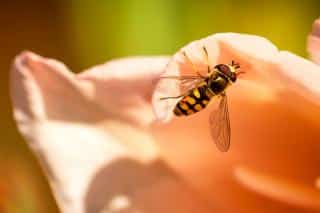
Whatever: this look-alike is actually very useful! It has a voracious appetite for aphids, even more so than ladybugs: it gobbles down over 300 sap-suckers in a single day! Moreover, this pollinator flies from flower to flower, thus helping a great many plant species to reproduce. Remember that nearly 9 out of 10 plants depend at least partly on pollination by insects. And a full 35% of everything we eat comes directly from plant species that need insects to reproduce.
To attract the hoverfly, select plants that bloom as soon as Winter ends, and those that keep flowering deep into Fall. Also set a spot where decaying organic matter is freely available, like a compost: hoverflies also feed on that.
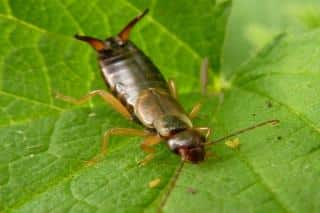
An earwig feeds on larvae, caterpillars, aphids and psyllids, so it’s a big help in the vegetable patch! However, one drawback is that it also loves sampling ripe fruit of the peach, apricot and plum family. A common technique to lure it away from those fruits is to hang an upside-down terra-cotta pot filled with straw on the peach tree. The insect will hide there, and then it’s easy to transfer it to another tree that might be infected by other insect pests, such as a pear tree, a fig tree or an olive tree.
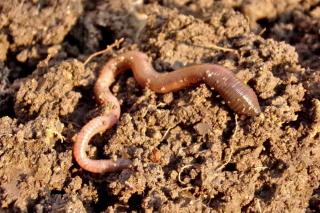
Their “poo” makes for extremely soft, rich and well-structured soil mix. Roots weave through it very easily, soil has a higher nutrient content, is stabler and resists erosion. This true “soilsmith” guarantees soft, rich soil that is ideal for cultivating any crop. A few species are even used in vermicomposting to recycle organic matter into an excellent soil mix.
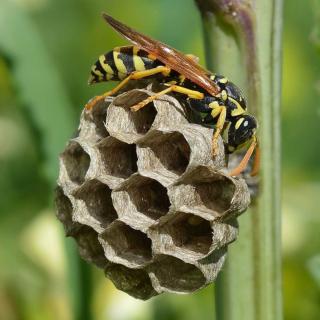
This particular species lives as a community, and will clear your vegetable patch of a whole battalion of garden pests. If they’ve got enough to eat in the garden, they won’t come bother you as you eat.
Other wasp species are usually predator wasps. These eat aphids and are completely harmless for us.